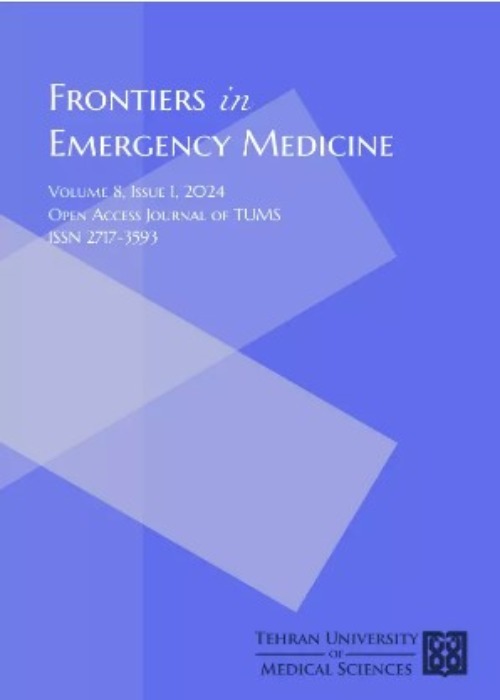Do Multiple Sclerosis and Neuromyelitis Optica Patients Have a Lower Chance of Developing Neurological Complications of COVID-19, Compared to Healthy People? The Role of ACE2
As COVID-19 spreads all around the world, it indicates various side effects and complications. Currently, we know that, this disease can affect other organs like brain. The growing number of neurological complications from this disease suggests that, the coronavirus is a neurotropic virus, and this neurotropicity has been attributed to the expression and presence of receptors of angiotensin-converting enzyme 2 (ACE2) in central nervous system (CNS). Unlike ACE itself, ACE2 converts angiotensin 2 to 1, and is present in lung alveolar epithelial cells. In this regard, the coronavirus is likely to use ACE2 as a receptor to enter and infect human cells. The virus causes disease in some other areas such as pancreas and colon with the same mechanism as that of ACE2 receptor. Moreover, the high presence of the corresponding receptor in the CNS has increased the likelihood of neurological involvement in this virus. The binding of the virus to this receptor (Figure 1), which is present in different areas of the brain such as the glial cells, neurons and astrocytes spreads the virus to the CNS and this induces a variety of neurological symptoms. One of the most important areas of the brain that causes high expressions of ACE and ACE2, angiotensinogen, and angiotensin II secretion in the CNS, is perivascular astrocytes. Neuromyelitis optica spectrum disorder (NMOSD) is an astrocytopathy in which a high rate of astrocyte destruction occurs. Some studies have also shown that, these perivascular astrocytes are largely eliminated in multiple sclerosis (MS), especially at chronic stages. This destruction could justify the studies, which have demonstrated the low levels of ACE2 in the cerebrospinal fluid of these patients. Matsushita et al. revealed that, angiotensin II, ACE, and ACE2 levels were lower in the cerebrospinal fluid of the patients with seropositive NMOSD compared to healthy individuals. Accordingly, the same was true for ACE2 levels in MS patients. Another study confirmed the low level of ACE2 concentration in the cerebrospinal fluid of the patients with MS. The destruction of astrocytes and low level of ACE2 concentration could theoretically predict the ACE2 receptor deficiency which might reduce the chance of entering the virus into the CNS, and consequently, decrease the neurological complications. This may suggest that, neurological complications are less likely to occur in the patients with NMOSD and MS in case of developing COVID-19. However, as with all diseases, it is not possible to simply predict the lower degree of neurological complications in these patients on the basis of one factor such as a lower expression of ACE2 in these patients. Thereafter, further investigations are required to shed light on how MS and NMOSD patients develop infectious diseases related to the CNS.
- حق عضویت دریافتی صرف حمایت از نشریات عضو و نگهداری، تکمیل و توسعه مگیران میشود.
- پرداخت حق اشتراک و دانلود مقالات اجازه بازنشر آن در سایر رسانههای چاپی و دیجیتال را به کاربر نمیدهد.


